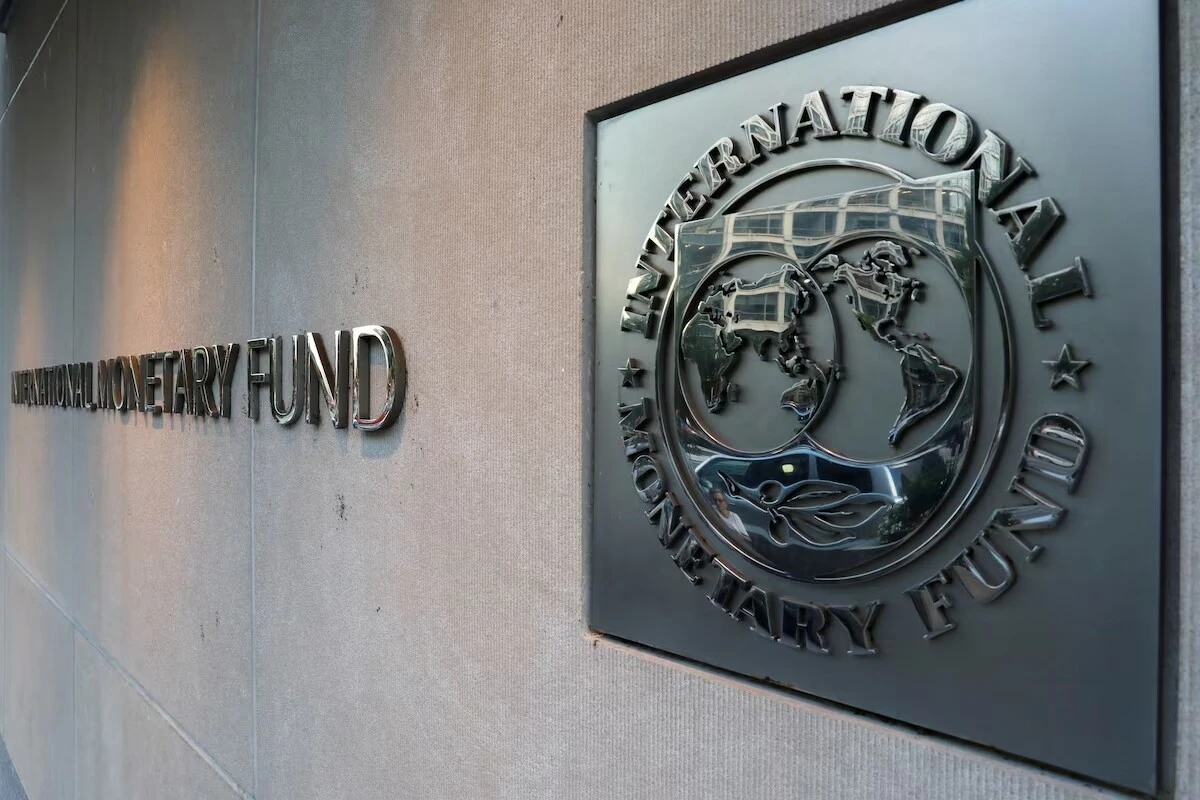Tanzania’s outstanding IMF credit of $853.3 million positions it as the third-largest borrower among East African Community (EAC) members, following Kenya ($3.02 billion) and Uganda ($992.8 million). This figure underscores Tanzania’s moderate reliance on IMF resources compared to Kenya’s significantly higher borrowing, which reflects its fiscal challenges. Rwanda and Burundi, with outstanding credits of $476.1 million and $100.6 million respectively, trail behind. Tanzania’s borrowing highlights a balanced approach, addressing financing needs while maintaining debt sustainability in the region.
- Outstanding Credit: $853,270,000 (approximately $853.3 million)
- Rank in East Africa: 3rd largest among East African Community (EAC) members.
- Context: This amount reflects Tanzania's reliance on IMF financing relative to regional peers.
East African Countries Comparison
- Kenya: $3,022,009,900
- Holds the highest outstanding IMF credit in East Africa.
- Recently received an additional disbursement of $455.7 million, further elevating its position.
- Uganda: $992,750,000
- Second-highest in the region, with a credit position close to $1 billion.
- Tanzania: $853,270,000
- Third-largest, indicating moderate borrowing compared to Kenya and Uganda.
- Rwanda: $476,141,140
- Significantly lower than Tanzania but shows active use of IMF facilities.
- Burundi: $100,600,000
- The smallest credit position in the EAC, reflecting limited IMF engagement.
Insights
- Kenya's High Credit: Kenya’s large IMF borrowing aligns with its economic challenges, such as fiscal deficits and external imbalances. The additional disbursement highlights its need for ongoing support.
- Tanzania's Moderate Position: Tanzania's IMF credit is substantial but reflects a more conservative borrowing approach compared to Kenya. This aligns with its relatively stable macroeconomic environment in recent years.
- Rwanda and Burundi: Their smaller credit levels could indicate less reliance on IMF resources or limited access due to policy or capacity considerations.
Comparison with Other African Countries
- Key Context: Across Africa, countries like Egypt, Nigeria, and South Africa often have significant IMF credit levels due to their larger economies or ongoing economic reforms.
- Regional Variation: East African countries like Tanzania and Uganda show moderate use of IMF facilities, balancing economic reforms with external support.
The comparison of Tanzania's IMF credit position with other East African countries and its context within Africa highlights the following insights:
1. Economic Management and Policy Approach
- Tanzania's Moderate Position:
- Tanzania's $853.3 million IMF credit suggests that the country has been relatively prudent in seeking external financing compared to Kenya and Uganda.
- This aligns with Tanzania's historically cautious borrowing and stable macroeconomic management, focusing on long-term growth and sustainability.
- The reliance on IMF funds indicates Tanzania is addressing external shocks or developmental financing gaps but is not over-leveraging.
2. Regional Dynamics
- Kenya's Dominance:
- Kenya’s significantly higher credit position ($3 billion) shows its more immediate financial challenges, possibly driven by larger fiscal deficits, debt servicing pressures, or external imbalances.
- This reliance might reflect Kenya’s prioritization of aggressive infrastructure development, which requires external support.
- Uganda vs. Tanzania:
- Uganda's slightly higher credit ($992.8 million) points to slightly higher funding needs, perhaps due to different economic or social priorities.
- Rwanda and Burundi:
- These countries' lower IMF credits reflect either limited access, smaller economies, or differing economic strategies, particularly Burundi's smaller borrowing capacity.
3. Tanzania's Position as a Balanced Borrower
- Being third in East Africa shows Tanzania strikes a balance between:
- Using IMF funds to address short-term needs and maintaining sustainable debt levels.
- Managing economic risks, avoiding excessive dependency, and maintaining room for further borrowing if needed.
4. Implications for Development and Reform
- Tanzania’s borrowing strategy indicates:
- A focus on maintaining investor confidence and creditworthiness.
- A potential readiness to address fiscal or external gaps while preserving economic stability.
- Moderate IMF reliance reflects policy consistency in achieving economic targets, supporting reforms, and mitigating global economic risks like inflation or commodity price volatility.
5. Global and African Position
- In Africa, Tanzania's IMF credit indicates moderate external dependency compared to major borrowers like Kenya, South Africa, or Egypt, suggesting steady progress in economic resilience and diversified funding.
Key Takeaway
Tanzania’s IMF credit position signals cautious borrowing and economic stability compared to its peers, balancing development needs with sustainable debt management. This approach positions Tanzania favorably for long-term growth while maintaining flexibility to handle future challenges.
